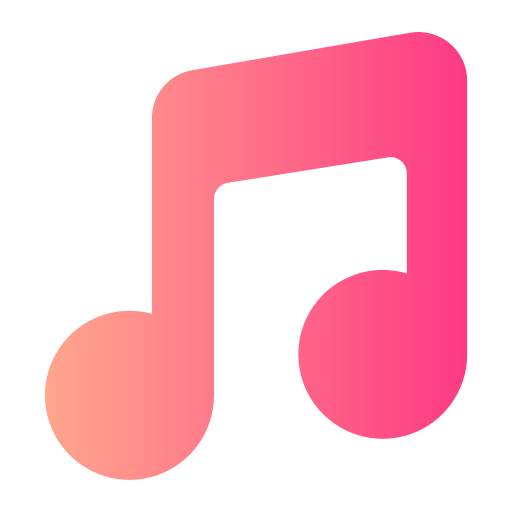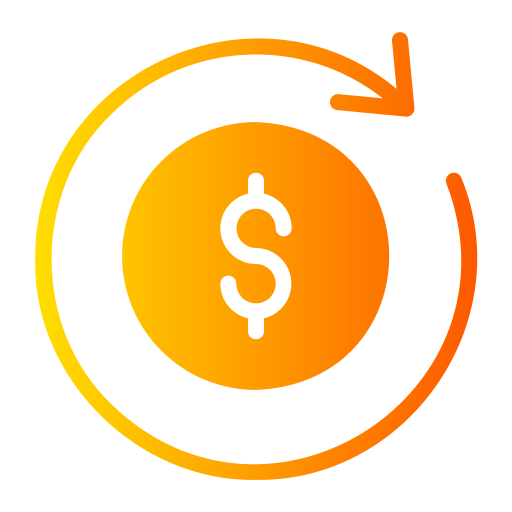Welcome to the world of electronic music production! If you're new to the scene, you may have heard the term "supersaw" thrown around a lot.
But what is a supersaw and why is it such a popular sound design tool among producers?
Jump To Section
1. History of the Supersaw
2. What is a Supersaw?
3. Versatility of the Supersaw
4. Limitations of the Supersaw
1. History of the Supersaw
The term "supersaw" was coined in the mid-1990s by Roland, a company known for their high-quality synthesizers and drum machines. The supersaw waveform was first introduced in the Roland JP-8000 synthesizer, and it quickly gained popularity in the electronic dance music (EDM) scene due to its bright, saw-like sound that could cut through a mix.

The JP-8000 was a polyphonic synthesizer released in 1996 that featured many advanced features for its time, including a built-in supersaw oscillator. This oscillator allowed users to stack and detune multiple sawtooth waveforms, resulting in a full and rich sound that became a staple of the trance music genre.
As the popularity of the JP-8000 grew, so did the popularity of the supersaw sound. It became a go-to sound design tool for many producers in the EDM scene, and it has remained a staple in the electronic music production world to this day.
The success of the JP-8000 and the supersaw sound can be attributed to a number of factors. Firstly, the JP-8000 was a high-quality synthesizer with a powerful sound engine that allowed for a wide range of timbres and sound design possibilities. Secondly, the supersaw sound itself was unique and appealing, with its bright, saw-like sound and ability to add depth and excitement to a track. Finally, the JP-8000 and the supersaw sound became popular at a time when electronic dance music was experiencing a resurgence in popularity, and the JP-8000 and its supersaw sound became synonymous with this genre.
As electronic dance music has evolved and other genres of electronic music have emerged, the supersaw waveform has found its way into a variety of styles and has become a versatile sound design tool for producers of all levels. In the following sections, we'll delve deeper into the characteristics of the supersaw waveform and how it can be used in modern music production.
2. What is a Supersaw?
Now that you have a brief overview of the supersaw waveform and its importance in electronic music production, let's dive deeper into what exactly a supersaw is and how it works.

At its core, a supersaw is a sawtooth waveform with multiple detuned copies stacked on top of each other. This results in a full and rich sound that is often used to create big, dramatic lead sounds or chordal pads. The number of detuned copies and the amount of detune can be adjusted to achieve a wide range of timbres, from subtle and warm to aggressive and metallic.
So why is the supersaw sound so unique and desirable? The sawtooth waveform is known for its bright and sharp sound, with a lot of harmonic content and a distinct attack. When you stack multiple detuned copies of this waveform on top of each other, the resulting sound is even fuller and richer, with a wide and sweeping quality. This is why the supersaw is often used to create lead melodies and chordal pads – its full and rich sound cuts through a mix and adds depth and excitement to the track.
However, the supersaw waveform is not just limited to lead melodies and chordal pads. Its full and rich sound can also be used to add depth and texture to basslines and drums. By layering a supersaw sound with a traditional sawtooth waveform, you can create a unique and powerful bassline that will stand out in a mix. Similarly, layering a supersaw sound with your drum samples can add a sense of depth and warmth to your beats.
In order to create a supersaw sound, you will need a synthesizer with at least two oscillators and the ability to stack and detune them. Many modern software synthesizers, such as Serum and Massive, come with a built-in supersaw oscillator or have the option to create a supersaw using multiple oscillators.
3. Versatility of the Supersaw
The supersaw sound is often associated with the trance music genre, where it is used to create big, dramatic lead melodies and chordal pads. Its full and rich sound cuts through a mix and adds excitement to the track. However, the supersaw waveform is not limited to the trance genre – it can be used in a variety of electronic music styles, including house, techno, and more.

In addition to its use in lead melodies and chordal pads, the supersaw can also be used to add depth and texture to basslines and drums. By layering a supersaw sound with a traditional sawtooth waveform, you can create a unique and powerful bassline that will stand out in a mix. Similarly, layering a supersaw sound with your drum samples can add a sense of depth and warmth to your beats.
The supersaw waveform has also found its way into other genres of electronic music, such as hip hop and R&B. Its rich, full sound is well-suited for creating synth brass and string sounds, adding depth and richness to the track.In electronic rock and pop, the supersaw can provide a futuristic, sci-fi aesthetic, adding a unique and interesting twist to the sound.
As you can see, the versatility of the supersaw waveform is endless. It can be used in a variety of electronic music genres and has many creative possibilities in modern music production. In the next section, we'll explore the limitations of the supersaw and how to use it tastefully in your tracks.
4. Limitations of the Supersaw
One of the main limitations of the supersaw is its bright, cutting sound, which can be overwhelming in a mix if overused. It's important to balance the supersaw with other elements in the track, such as drums and bass, in order to achieve a cohesive and well-rounded sound. It's also important to consider the overall arrangement of the track and how the supersaw fits into the overall picture.

Another potential pitfall of using the supersaw is the risk of creating a homogenous sound across tracks. As the supersaw has become such a recognizable and popular sound design tool, it's important to use it creatively and not rely on it too heavily in order to avoid sounding too similar to other producers. Experiment with different combinations of detune and number of oscillators, and don't be afraid to get creative with your sound design.
In addition to these limitations, it's important to consider the context in which the supersaw is being used. While it may be suitable for creating lead melodies and chordal pads in EDM tracks, it may not always be the best choice for other genres of music.
Despite its limitations, the supersaw is a valuable tool for any electronic music producer. Its versatility and ability to add depth and excitement to a track make it a sound design tool that should not be overlooked. So next time you're looking to add some punch and excitement to your tracks, consider reaching for the supersaw. With its endless creative possibilities, it's a tool that every electronic music producer should have in their toolkit.
If you are looking for supersaw presets and much more check out our collection of sample and presets here.



























